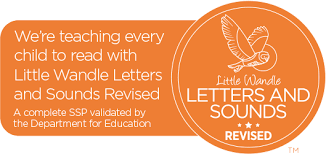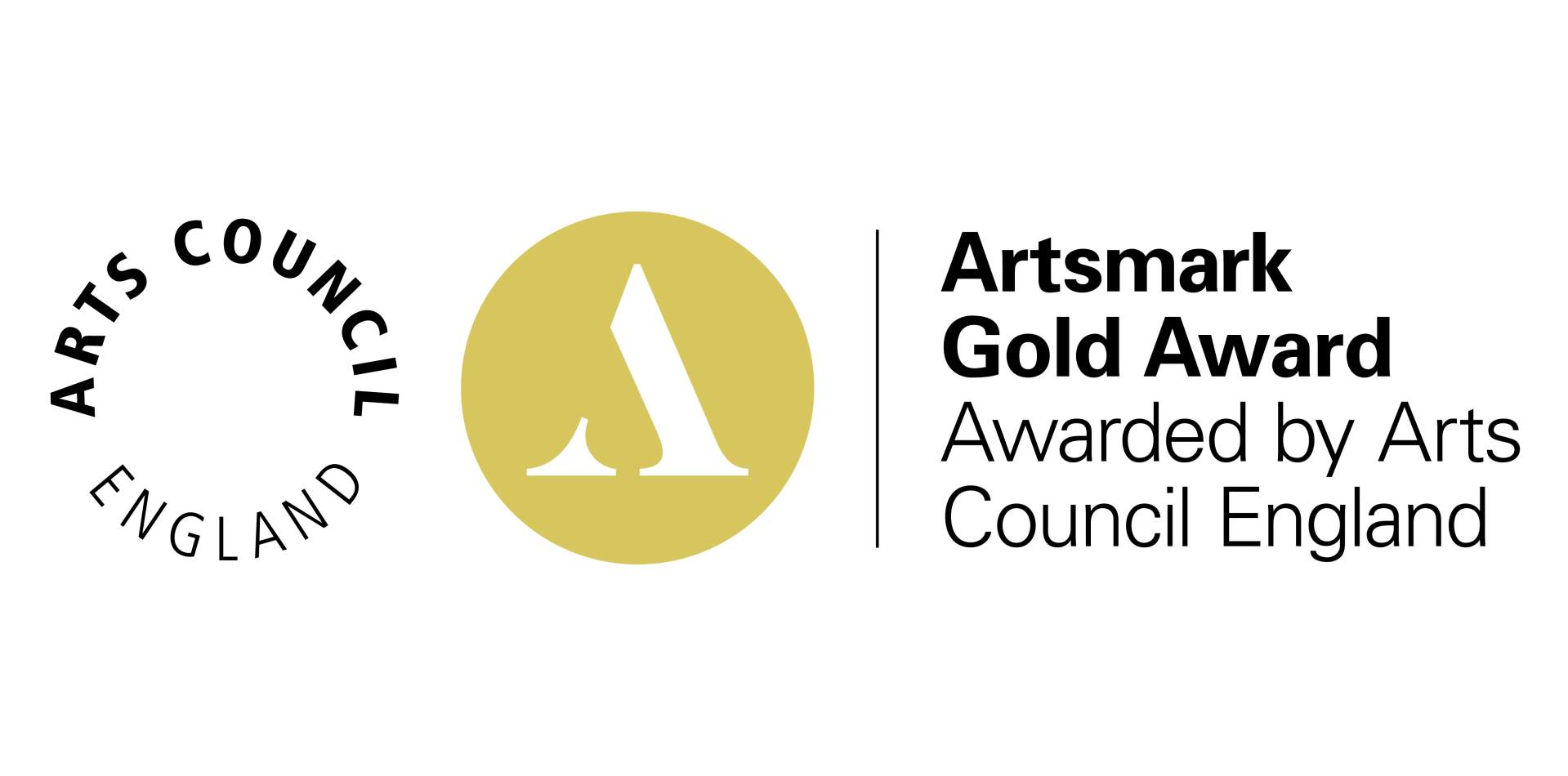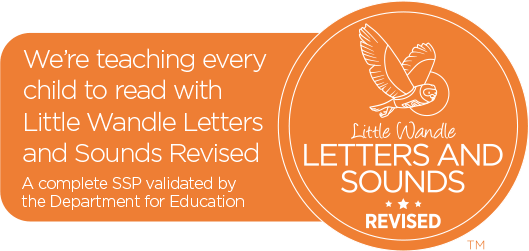Phonics & Reading FAQs
"We're teaching every child to read with Little Wandle Letters & Sounds"

Frequently Asked Questions
How often should I read with my child at home?
You should read with your child every single day.
What is the Phonics Screening Check?
The Phonics Screening Check is a check of your child's phonics knowledge. It helps your child’s teacher confirm whether your child has made the expected progress. Children take it in the Summer term of Year 1 in a one-to-one setting with their teacher.
What is the difference between the reading levels?
For Reception and Year 1, the books your child brings home will match exactly to the graphemes they have learnt in phonics. For example, if your child is in Reception, they will learn the graphemes s a t p i n in the Autumn term. The books they bring home will include only these graphemes to ensure you child can read them fluently and confidently. Previously, books children were receiving in Reception had occasional words with graphemes such as ea or igh in, before children had been taught how to read these in phonics lessons. The new system ensures your child feels confident when reading their book.
Once your child has passed the Phonics Screening Check, they will move onto Ashmole home readers at the start of Year 2. These are a mixture of books split into five colours – Blue, Dark Green, White, Light Pink and Navy. Books contain all of the graphemes your child has learnt in phonics, but progress is seen in length of book and length of words (eg a Navy book will be longer and have more multisyllabic words than a Blue book). When your child’s teacher feels they are ready, your child will have a reading assessment to see if they are ready to move up a colour. When your child’s teacher feels they are confident with Navy books, an assessment will be carried out for your child to become a Free Reader. They will then take home one chapter book from the book corner and 2 picture books each week.
What is a reading assessment?
A reading assessment is an assessment carried out by your child’s teacher. Your child will read a text aloud to their teacher. Their teacher will ask them to summarise the text and answer five or six retrieval and inference questions (see below). Based on your child’s reading fluency and understanding, their teacher will assess whether to move them up to the next colour. Your child’s teacher will carry a reading assessment out when they think your child is ready, so there is no need to worry!
I think the books my child is bringing home are too easy. What should I do?
Your child will not only be assessed on their reading fluency, but their comprehension too. It is expected that children are reading fluently by the end of Year 2, so your child may be able to read their book quickly. It is important to check they are reading clearly, with expression and that they take account of any punctuation.
Your child’s teacher will ask them retrieval and inference questions to ensure they fully understand the text. Below is an example text and some questions that could be asked with answers in bold. It is important your child practises questions like these at home too.
Ben launched himself out of bed with a smile on his face. He was turning eight today had invited his friends to celebrate in the garden later. However, he sighed as pressed his nose against the window and rain droplets hit the glass one by one. He stomped to his bedroom door and flung it open.
Retrieval questions (Retrieving information directly from the text)
“How old is Ben?” He is eight.
“Describe the weather.” It was raining.
Inference questions (Using clues from the text and your own knowledge to infer meaning)
“How did Ben feel when he woke up? How do you know?” I think Ben felt excited because he had a smile on his face.
“Find a verb that tells you Ben is angry.” Stomped.
Your child’s class teacher will hear your child read regularly and will judge when they are ready for an assessment. In the meantime, please encourage your child to borrow a book from the school library every week to increase the variety of texts they read.
My child is in KS2 and is taking home phonics books, rather than Ashmole Home Readers. Should I be worried?
All children that have not passed the Phonics Screening Check in Year 1 will receive targeted intervention sessions every day. Whilst this intervention happens, your child will continue to take books matched to their Little Wandle level, ensuring they can recognise all graphemes in the book to build their confidence. It is important that your child becomes familiar with these books by reading them every day. If you would like to support your child further with their phonics at home, please speak to their class teacher or Miss Daly, who will provide resources for you to do so.
My child is bored of reading the same phonics book. Can they take home more than two?
Children must read the books they bring home multiple times. This is because practise makes permanent. Your child may need to sound out and blend words the first time they read it. The second time they read it, they may be able to blend the same words in their head. You can make reading more exciting for your child by taking it in turns to read a sentence or a page. If your child is fully fluent, challenge them by asking them to use expression, or asking them retrieval and inference questions as seen above.
My child has brought home some books from the book corner. Are they a free reader?
All children will bring home two picture books from their classroom book corner to be read to them by someone at home. Reading for pleasure is a huge part of the Ashmole school culture, and exposing children to a range of texts they may not be able to read themselves plays a big role in growing this love of reading!
My child has not had a reading assessment recently. Are they behind?
Please note that there will now be fewer reading levels on the Ashmole Home Reader system, so children are not expected to move through multiple levels in one term. They are more likely to move through two levels per year. Your child’s class teacher will inform you if they have concerns about your child’s reading.
Do I need to sign my child’s reading planner?
Yes. It is important that your child reads every day at home and they will change their book once a week, once their planner has been signed. Your child’s teacher will plan lessons and interventions with your child’s needs in mind, so it is important that they know whether or not they have read at home.
My child is on Brown but they have already moved on from this level. Have they been put back a level?
Your child has not been put back a level. Your child may take home a book from a colour they have already passed due to the fact the books have been reorganised and the colours have changed order.
How can I help my child become a more fluent reader?
The most valuable thing you can do is help your child enjoy reading! Children can read a variety of text types, from comics and picture books to newspaper articles and tube maps. This will not only influence their reading progress but their progress in other subjects too, particularly writing.
CLICK HERE to find out more about Little Wandle Letters & Sounds.








Close
INSTAGRAM